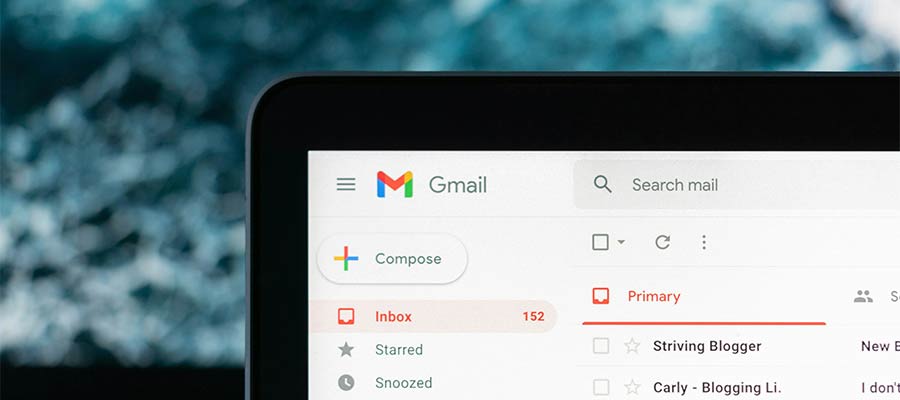As the 2025 AI Action Summit kicks off in Paris, global leaders, industry experts, and academics are converging to address the challenges and opportunities presented by AI. Against the backdrop of rapid technological advancements and growing societal concerns, the summit aims to build on the progress…
DeepSeek ban? China data transfer boosts security concerns
US lawmakers are pushing for a DeepSeek ban after security researchers found the app transferring user data to a banned state-owned company. DeepSeek, practically unknown just weeks ago, took the tech world by storm—gaining global acclaim for its cutting-edge performance while sparking debates reminiscent of the…
Digma’s preemptive observability engine cuts code issues, streamlines AI – AI News
Digma, a company offering products designed to act on pre-production observability data, has announced the launch of its preemptive observability analysis (POA) engine. The engine is designed to check, identify, and provide ‘fix’ suggestions, helping to balance systems and reduce issues found in codebases as their…
Microsoft and OpenAI probe alleged data theft by DeepSeek
Microsoft and OpenAI are investigating a potential breach of the AI firm’s system by a group allegedly linked to Chinese AI startup DeepSeek. According to Bloomberg, the investigation stems from suspicious data extraction activity detected in late 2024 via OpenAI’s application programming interface (API), sparking broader…
Qwen 2.5-Max outperforms DeepSeek V3 in some benchmarks
Alibaba’s response to DeepSeek is Qwen 2.5-Max, the company’s latest Mixture-of-Experts (MoE) large-scale model. Qwen 2.5-Max boasts pretraining on over 20 trillion tokens and fine-tuning through cutting-edge techniques like Supervised Fine-Tuning (SFT) and Reinforcement Learning from Human Feedback (RLHF). With the API now available through Alibaba…
Ericsson launches Cognitive Labs to pioneer telecoms AI research
Ericsson has launched Cognitive Labs, a research-driven initiative dedicated to advancing AI for telecoms. Operating virtually rather than from a single physical base, Cognitive Labs will explore AI technologies such as Graph Neural Networks (GNNs), Active Learning, and Large-Scale Language Models (LLMs). According to Ericsson, these…
DeepSeek restricts sign-ups amid ‘large-scale malicious attacks’
DeepSeek is grappling with service disruptions and restricting new account sign-ups to combat what it describes as “large-scale malicious attacks.” The Chinese firm’s chat app, which recently soared to the top of Apple’s App Store, issued a notice on its website stating that only users with…
20+ Best Wedding Stationery Templates for InDesign in 2025 – Speckyboy

It’s no secret that weddings are a special occasion. There’s love in the air, beautiful décor, and a room full of people ready to party. What’s not to love?
Designers play a part in that joy when creating wedding print materials. Items like invitations, save the dates, and photo albums are precious keepsakes. They serve as a reminder to the happy couple and guests.
It’s an important job, for sure. However, creating these materials from scratch takes time. Thankfully, there’s an easier way to get your project off to a fast start.
Using an InDesign template will save loads of time. Gorgeous layouts and typography have already been put into place. That allows you to focus on customizing them to meet your needs. Add your details, save them, and send them to the printer.
Below are 20+ outstanding templates to choose from. They’ll help you add artistry to the happy day!
You might also like our collection of wedding templates for Photoshop.
Wedding Stationery Collections for InDesign
Are you looking for a complete wedding stationery set? The items below cover all the basics and beyond. Invitations, save-the-date cards, thank-you cards, RSVPs, menus, and more are available. They’re everything you need before, during, and after the celebration.
Wedding Invitation Templates for InDesign
A beautiful invitation makes the perfect wedding keepsake. It’s more than just a listing of date and time – it also represents the event’s theme. The invitation templates below will help you capture this moment in time.
Save The Wedding Date Templates for InDesign
Use a save-the-date card to announce the happy news. Add a photo to personalize the experience, or stick to a classic text-only look. The templates in this category will provide you with the perfect aesthetic.
Wedding Photo Album InDesign Templates
Preserve those fond memories with a wedding photo album. It’s something to share with family and friends – and pass down to future generations. Get started with one of these beautiful InDesign templates.
Wedding Magazine Templates for InDesign
Magazine templates are great for promoting your wedding-related business. Planners, photographers, venues, and retailers come to mind. Use them to showcase your services and provide valuable information to couples.
Create Amazing Wedding Stationery in Minutes
Creating top-notch wedding stationery doesn’t have to be complicated. The templates above will help you achieve great results with minimal effort. There are also a variety of styles to choose from – you’re sure to find one that fits the occasion.
So, find the perfect template and make it your own. You’ll have a fantastic selection of print materials in no time.
Related Topics
Top
World Economic Forum unveils blueprint for equitable AI
The World Economic Forum (WEF) has released a blueprint outlining how AI can drive inclusivity in global economic growth and societal progress. However, it also highlights the challenges in ensuring its benefits are equitably distributed across all nations and peoples. Developed in partnership with KPMG, the…





